Reptiles have gained significant popularity as pets in recent years, offering a fascinating alternative to traditional furry companions. For budget-conscious animal lovers, certain reptile species provide an opportunity to experience the joy of pet ownership without breaking the bank. Unlike dogs or cats that require ongoing expenses for food, grooming, and veterinary care, many reptiles have minimal maintenance costs once their habitat is established. This article explores the most economical reptile options for aspiring herp keepers, detailing initial setup costs, ongoing expenses, and specific care requirements. Whether you’re a student, a family on a budget, or simply looking to diversify your pet family without significant financial commitment, these cold-blooded companions offer unique personalities and relatively affordable care requirements that might make them the perfect addition to your home.
Leopard Geckos: The Budget-Friendly Starter Reptile
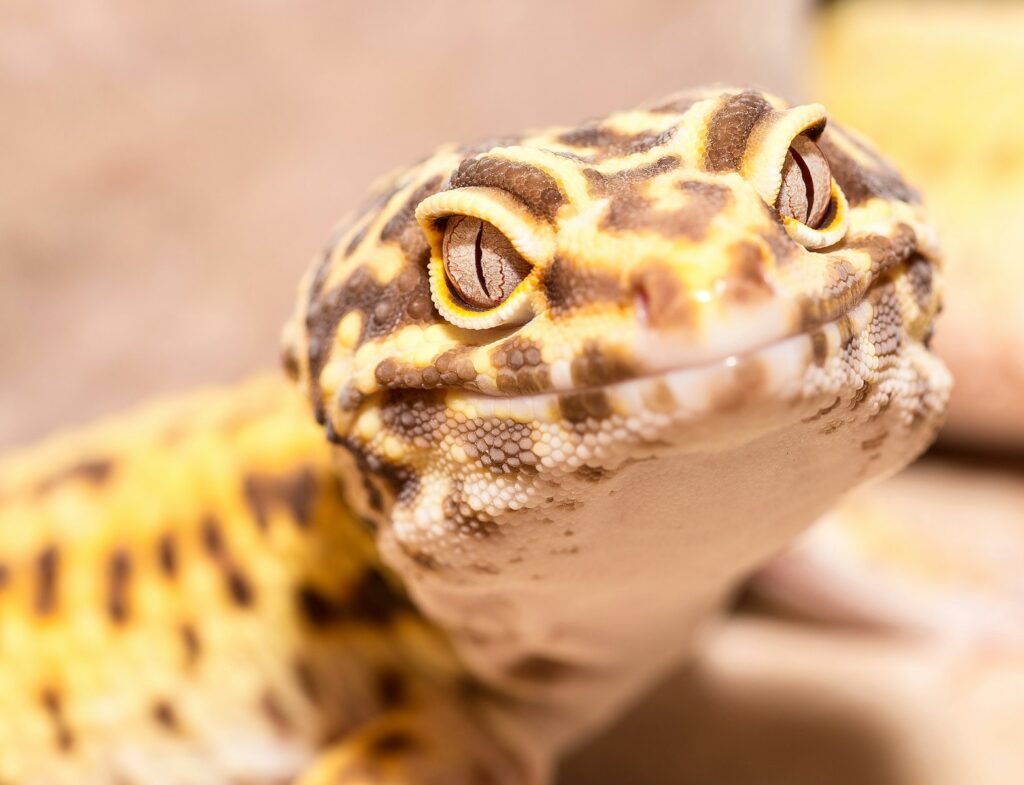
Leopard geckos consistently rank among the most affordable reptile pets, with juveniles typically priced between $20-$50 at pet stores, though specialty morphs can cost significantly more. Their housing requirements are relatively simple, needing just a 20-gallon tank for a single adult, a heating pad, a few hides, and a substrate like paper towels or reptile carpet that can be easily cleaned or replaced. Food costs remain low as these insectivores consume primarily crickets and mealworms, costing roughly $5-$10 per month depending on your gecko’s appetite. Perhaps most appealingly from a financial perspective, leopard geckos can live 15-20 years with proper care, meaning your investment stretches over a significant period, and they rarely require veterinary intervention when maintained correctly.
Crested Geckos: Low Maintenance and Affordable Diet

Crested geckos represent another cost-effective reptile option, typically available for $40-$80 for standard colorations. Their habitat setup is relatively inexpensive, requiring a vertical 20-gallon terrarium, artificial plants for climbing and hiding, and a simple substrate like paper towels or coconut fiber. One significant advantage of crested geckos is their straightforward diet – they thrive on commercially available powdered meal replacement formulas that simply mix with water, costing approximately $15-$20 for a package that typically lasts several months. Unlike many reptiles, crested geckos don’t require supplemental heating if kept in normal room temperatures (70-80°F), eliminating the ongoing electricity costs associated with heat lamps or mats. Their nocturnal nature and docile temperament make them ideal for first-time reptile owners working with limited resources.
Corn Snakes: Economical and Low-Maintenance
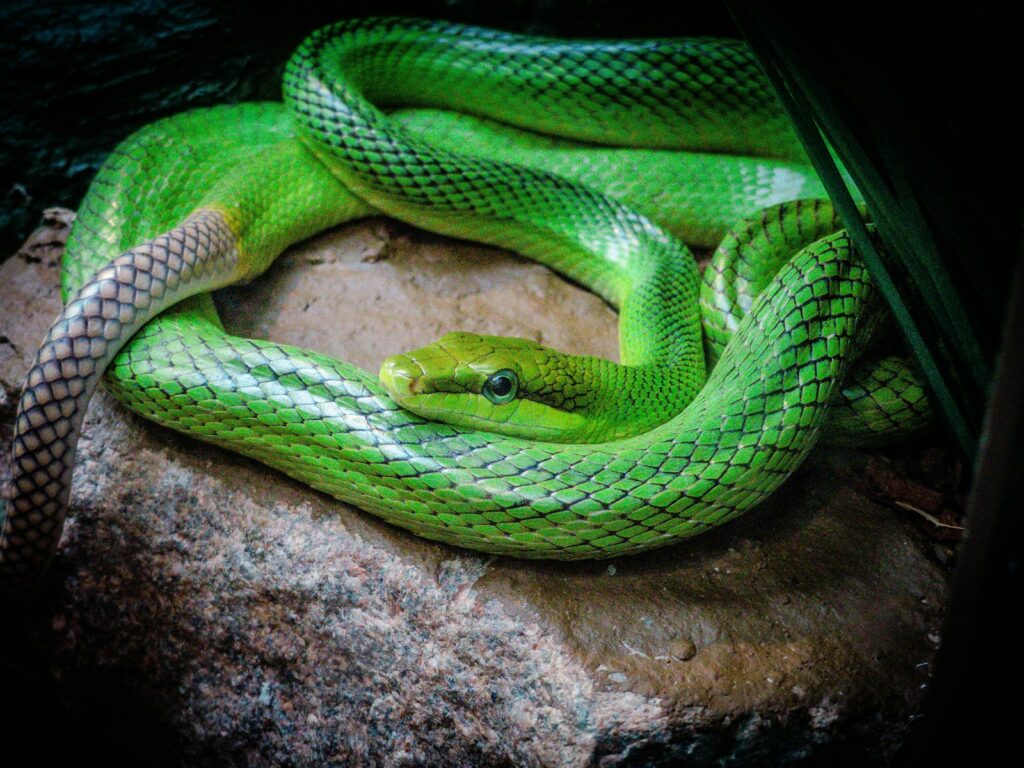
Corn snakes stand out as exceptionally cost-effective reptile pets, with basic morphs available for $30-$60 from reputable breeders or pet stores. Their enclosure needs are straightforward – a simple 20-gallon tank with secure lid, hiding spots, water dish, and appropriate substrate like aspen shavings will suffice for young specimens, though adults will eventually need larger accommodations. Feeding costs remain minimal as these snakes typically eat once weekly, consuming a single appropriately-sized frozen mouse ($1-2 each), resulting in monthly food expenses of just $4-$8. Corn snakes require minimal specialized equipment beyond a basic heat source to maintain their temperature gradient, and they rarely experience health issues when properly housed and fed. With lifespans averaging 15-20 years, the initial investment in a corn snake provides nearly two decades of companionship with very modest ongoing costs.
Ball Pythons: Surprisingly Economical for Their Size
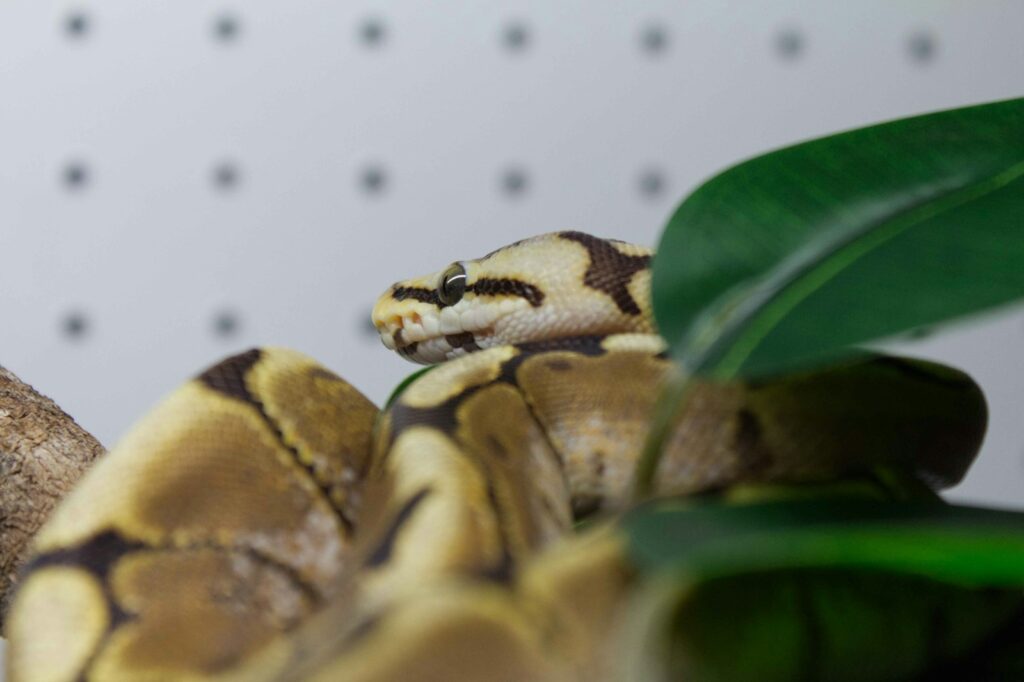
Ball pythons have become increasingly affordable entry points into reptile keeping, with standard morphs now available for $50-$100, though specialty patterns can cost significantly more. Their enclosure requirements remain relatively simple – a 40-gallon tank suffices for an adult, furnished with hiding spots, climbing branches, water dish, and proper substrate like coconut husk or cypress mulch. Their feeding schedule contributes to their affordability, as adult ball pythons typically eat just once every 1-2 weeks, consuming a single appropriately-sized rat ($3-5 each), resulting in monthly food costs of approximately $6-$20 depending on size and feeding frequency. While they do require proper heating to maintain their temperature gradient, their relatively slow metabolism and infrequent feeding schedule help keep overall maintenance costs lower than many would expect for a snake that can live 20-30 years in captivity.
Bearded Dragons: Mid-Range Investment with Modest Upkeep

Bearded dragons represent a slightly higher initial investment than some reptiles on this list, with juveniles typically priced between $50-$100, but their ongoing maintenance costs remain reasonable. The startup equipment – including a 40-gallon tank (minimum for adults), UVB lighting, basking lamp, and proper substrate – constitutes the largest expense, typically totaling $200-$300 for a complete setup. Their omnivorous diet includes both insects and vegetables, with adults requiring mostly greens supplemented with occasional crickets or dubia roaches, resulting in monthly food costs of approximately $20-$30. While more expensive than some other options initially, bearded dragons offer exceptional value through their interactive personalities, relative hardiness, and lifespans of 8-12 years when properly cared for. Many owners find the slightly higher investment worthwhile for these charismatic and responsive reptiles.
Russian Tortoises: Long-Term Value
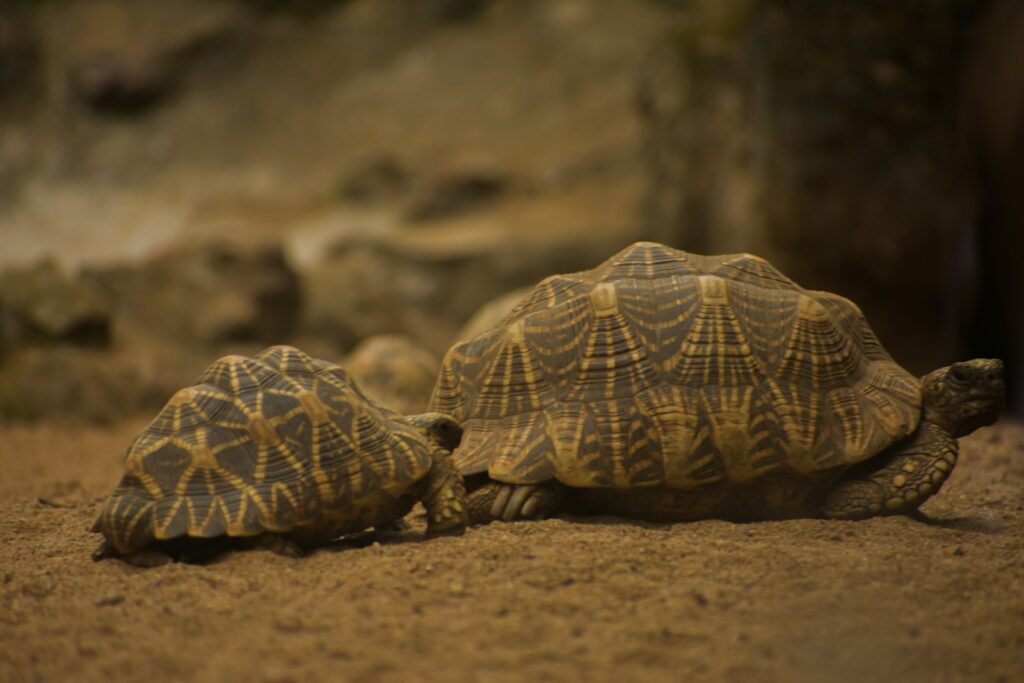
Russian tortoises represent a moderate initial investment that translates to exceptional long-term value, with specimens typically priced between $80-$150. Their housing requirements remain relatively straightforward – a tortoise table or large plastic tub rather than an expensive glass terrarium, furnished with a substrate like coconut coir or organic topsoil, hiding areas, and proper lighting. Food costs stay minimal as these herbivores consume primarily grocery store greens, weeds from untreated yards, and occasional commercial tortoise food, averaging just $10-$15 monthly. While their UVB requirements do add some expense through bulb replacements every 6-12 months, their incredible longevity – often 40+ years with proper care – makes them extraordinarily economical when considered as a lifetime investment. For patient keepers seeking a reptile companion that might outlive them, Russian tortoises offer tremendous value despite their somewhat higher initial cost.
House Geckos: Tiny Budget, Tiny Reptile
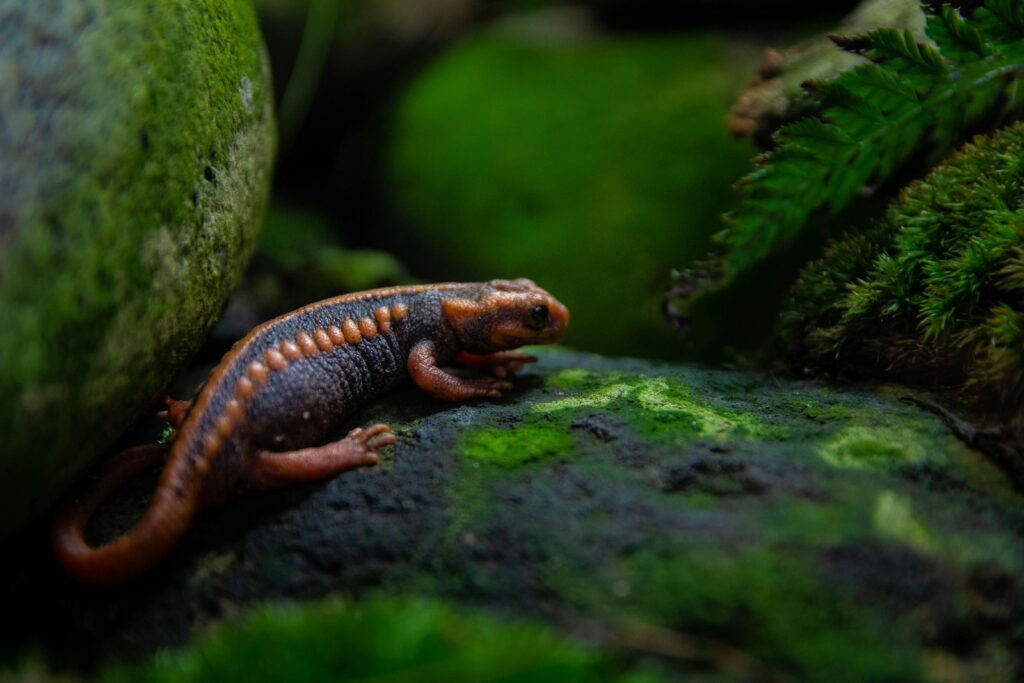
House geckos, including Mediterranean and common house geckos, represent perhaps the most budget-friendly reptile option, typically available for just $5-$15 each. Their diminutive size translates to minimal space requirements, with a pair comfortably inhabiting a 10-gallon tank equipped with climbing surfaces, hiding spots, and appropriate substrate like paper towels or coconut fiber. Feeding costs remain negligible as these insectivores consume small crickets, fruit flies, or flightless flies, with monthly expenses rarely exceeding $5-$10 for a pair. Though they require some specialized care, including proper humidity levels and calcium supplementation, their overall maintenance costs stay remarkably low throughout their 5-8 year average lifespan. These tiny geckos offer a fascinating glimpse into reptile behavior without demanding substantial financial commitment, making them ideal for first-time keepers or those with very limited budgets.
Anoles: Colorful and Cost-Effective
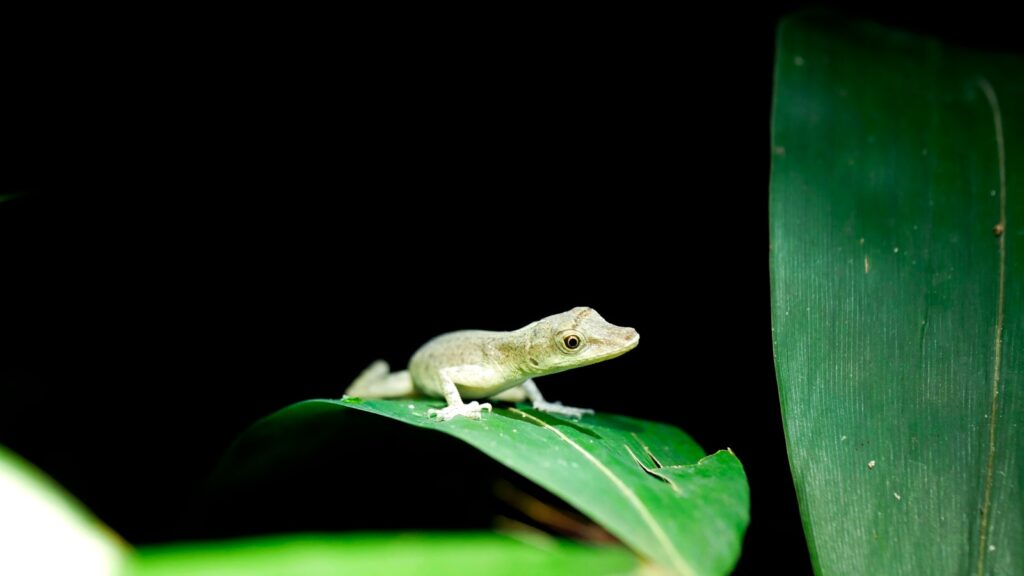
Green and brown anoles rank among the most affordable reptile pets, typically priced at just $5-$10 each, making them accessible even on the tightest budgets. A 20-gallon vertical terrarium adequately houses 2-3 of these small, active lizards, equipped with branches for climbing, plants (real or artificial) for hiding, and a simple substrate like paper towels or coconut fiber. Their dietary needs remain modest, consuming small crickets, flightless fruit flies, and other tiny insects, with monthly feeding costs typically falling between $10-$15 for a small group. While they do require both UVB lighting and heat for proper metabolism, their small size translates to minimal electricity usage compared to larger reptiles. Though their 4-8 year lifespan is shorter than many reptiles, anoles compensate with vibrant colors, fascinating behaviors, and extremely low acquisition costs.
Garter Snakes: Native Species with Minimal Expenses

Garter snakes combine affordability with fascinating behavior, typically available from breeders for $25-$50 depending on morph and species. Their enclosure requirements remain basic – a 20-gallon tank with secure lid, hiding spots, water dish for soaking, and simple substrate like aspen shavings or newspaper. Unlike many snake species, garter snakes offer remarkable dietary flexibility, accepting not just rodents but also fish, earthworms, and even commercially available frozen/thawed combinations designed specifically for them, resulting in monthly feeding costs of approximately $10-$15. Their temperature requirements are less stringent than many tropical reptiles, often thriving at standard room temperatures with just a small warm spot for thermoregulation. With proper care resulting in 10-15 year lifespans, these active, diurnal snakes provide excellent value through their engaging behaviors and modest maintenance requirements.
Fire-Bellied Toads: Amphibians on a Budget

While technically amphibians rather than reptiles, fire-bellied toads warrant mention for their exceptional affordability, typically priced at just $10-$20 each. Their semi-aquatic setup costs remain reasonable, requiring a 10-20 gallon tank with both land and water areas, simple filtration, and minimal decorations like rocks and plants. Feeding expenses stay minimal as these colorful toads consume small crickets, mealworms, and other readily available feeder insects, resulting in monthly costs of just $5-$10 for a small group. Unlike many reptiles, fire-bellied toads don’t require specialized UVB lighting or significant heating equipment if kept in standard room temperatures, further reducing both initial and ongoing expenses. With proper care resulting in 10-15 year lifespans, these visually striking amphibians offer tremendous value for keepers seeking colorful, active pets without significant financial investment.
Long-Term Cost Considerations for Reptile Keeping

When evaluating the true affordability of reptile pets, prospective owners must consider not just acquisition costs but also long-term expenses that accumulate over the animal’s lifespan. Electricity represents an ongoing expense that varies significantly between species – a bearded dragon requiring both heat and UVB lighting might add $10-$20 monthly to utility bills, while a leopard gecko needing only belly heat might add just $3-$5. Substrate replacement schedules also impact budget considerations, with disposable options like reptile carpet requiring replacement every 6-12 months, while naturalistic bioactive setups may have higher initial costs but minimal ongoing expenses. Perhaps most significantly, emergency veterinary care represents an unpredictable expense that can quickly exceed all other costs combined, making it advisable to establish an emergency fund of at least $300-$500 for any reptile, regardless of the species’ typical hardiness. The most economical approach to reptile keeping ultimately involves thorough research before acquisition, proper preventative care, and selection of a species whose needs align with both your budget and lifestyle.
Reducing Costs Without Compromising Care

Budget-conscious reptile enthusiasts can significantly reduce expenses without sacrificing animal welfare through several strategic approaches. Purchasing enclosures secondhand from classified ads or reptile expos often yields savings of 50% or more compared to retail prices, provided thorough disinfection protocols are followed before introducing your new pet. DIY habitat elements like climbing structures, hides, and backgrounds can replace expensive commercial options, often utilizing safe materials like untreated wood, PVC pipe, or food-safe plastic containers. For many species, particularly terrestrial ones, plastic storage tubs with proper ventilation provide secure, effective housing at a fraction of the cost of glass terrariums. Perhaps most impactfully, joining reptile-keeping communities online can provide access to local classified listings where private breeders often offer animals at substantially lower prices than retail stores, while simultaneously providing direct access to experienced keepers willing to share money-saving tips specific to your chosen species.
Conclusion
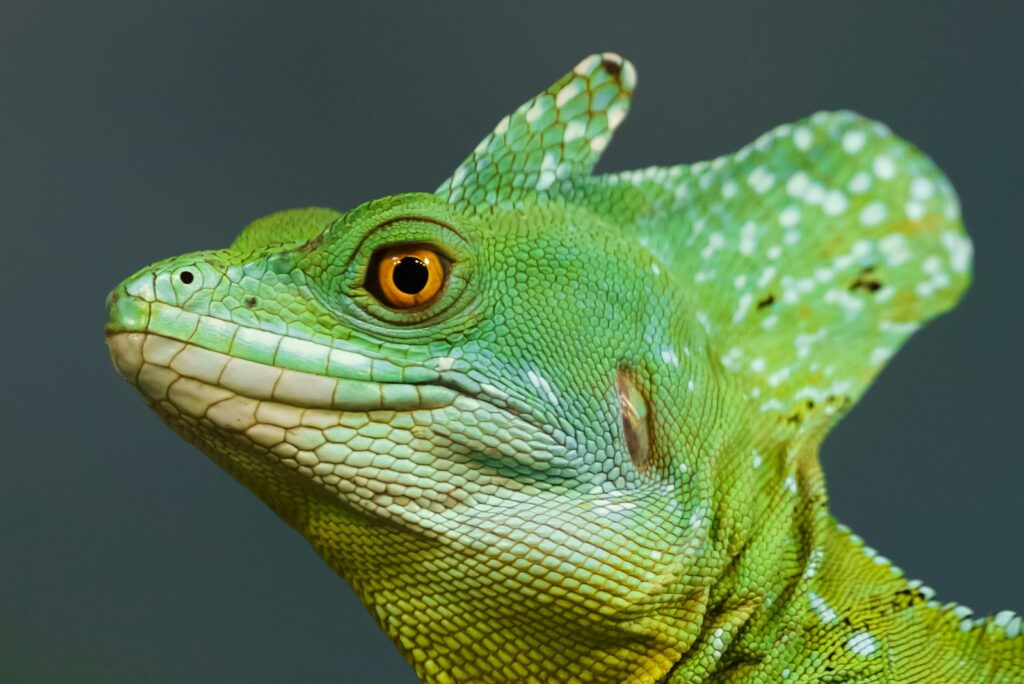
The world of affordable reptile keeping offers numerous options for enthusiasts working within budget constraints, with species ranging from $5 house geckos to $100+ bearded dragons providing unique companionship experiences at various price points. When evaluating which reptile best fits your financial situation, remember that the lowest initial cost doesn’t always translate to the best long-term value – species with longer lifespans often provide better “cost per year” despite higher acquisition prices. Regardless of which reptile you choose, prioritizing proper habitat setup and nutrition from the beginning prevents costly health issues later, ultimately saving money while ensuring ethical care. The most successful and economical reptile-keeping experiences come from matching the species to both your budget and your commitment level, recognizing that even the most affordable pets deserve appropriate housing, diet, and occasional veterinary attention throughout their lives. With careful planning and species selection, reptile keeping can be a financially accessible hobby that provides years of fascinating companionship without straining household finances.









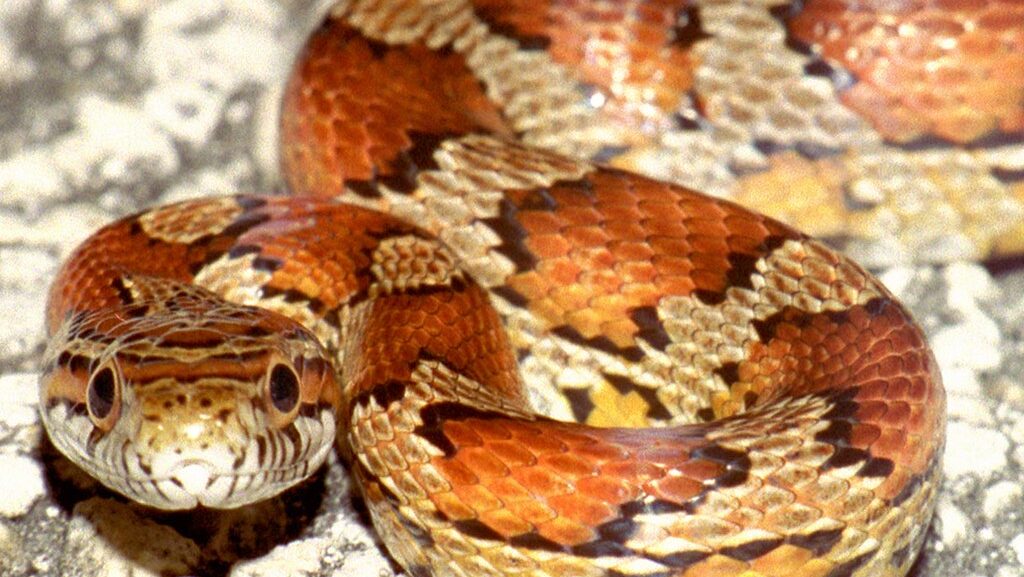
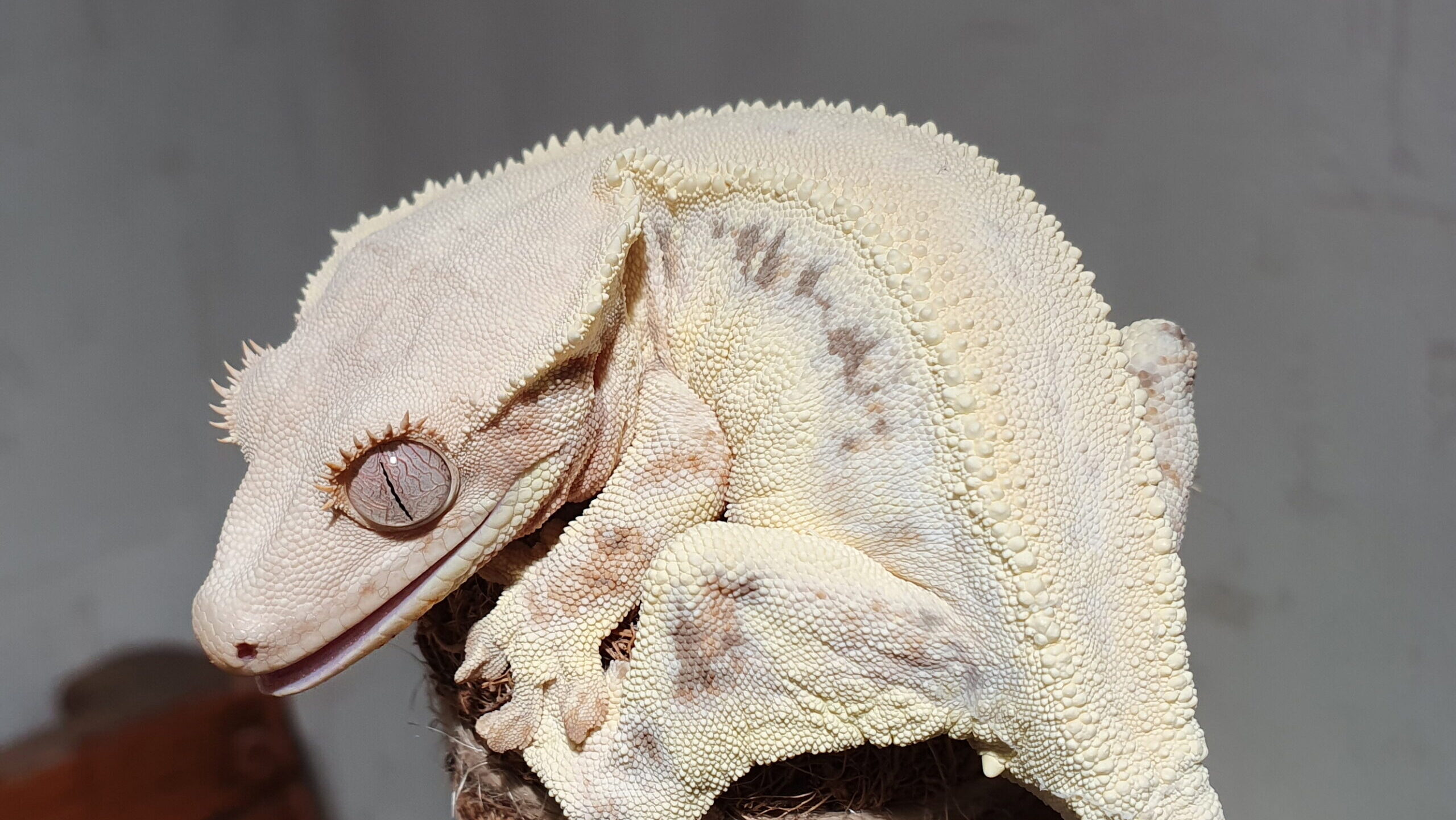





Leave a Reply